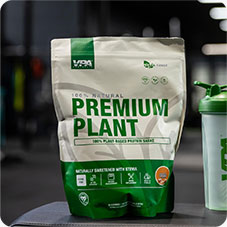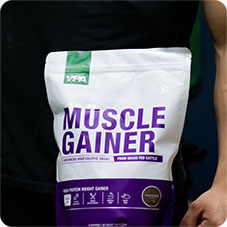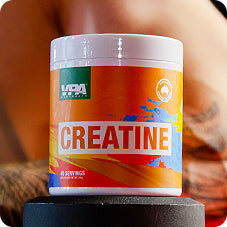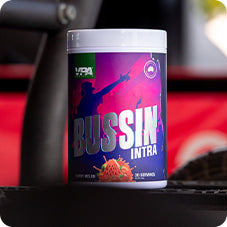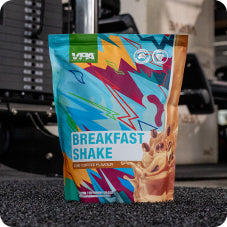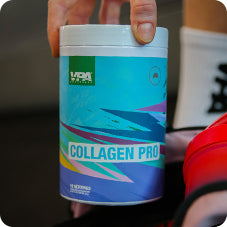Your Cart is Empty
Listening to music helps your sporting performance
March 06, 2020 2 min read

It’s not food, a supplement, an exercise or a training regime, but research shows that listening to music helps your sporting performance. Whether you’re into metal, rock, hip-hop or country, the music you have in your gym playlist can help you bust out that sought after PB. We all know that music has the ability to strongly impact your mood, arousal, and emotions and this can impact your physical performance. Listening to music can delay fatigue and improve your work capacity. This can then increase your endurance, power, and productivity and strength.
Think of music as a type of legal performance enhancing drug
Four ways that music can help your sporting performance
- It’s distracting – Listening to music streaming through your headphones redirects your mind from the discomfort you experience when training. This might be particularly useful for those endurance athletes that are pushing hard for long periods of time.
- The tempo of the music you listen to influences the rate at which you workout – Studies have shown that you will unconsciously synchronize your movements to the tempo of the music you are listening to. If you are wanting to increase the intensity or pace of your training, choosing music with a faster tempo may help you achieve that.
- Music evokes emotions – As listeners we are able to relate to and take on the emotions of the music performer. Music that invokes feelings of anger, power, or excitement you can influence your emotions and that can help your performance.
- It can increase your heart rate – Music impacts that part of the brain which stimulates arousal and increases heart rate. This can help prepare your body for optimal performance, before and during training.
What music do VPA® Ambassadors listen to while training?
We reached out to some of our ambassadors and asked them what they currently have on their gym playlist.
Todd Grosvenor is a fan of Till I Collapse (Eminem), Billy (6ix9ine) and In The Beginning (ONEFOUR). At the other end of the spectrum ambassador Courtney Dover loves some uplifting retro tunes with Take Me On (A-Ha), Go Your Own Way (Fleetwood Mac) and Staying Alive (Bee Gees). Raissa is a fan of Parkway Drive but also likes Saviour (Any Given Day) and Nurture (Thornhill). Runner and triathlete Brianne Mayne has Con Calma (Daddy Yankee) and Go for Broke (Machine Gun Kelly) on her playlist.
Now we want to hear from you. What are your three favourite songs on your gym, running or riding playlist? Let us know and we will add them the the VPA® Spotify playlist.

Sally Mitchell
Sally Mitchell (BSc, MHumNut) is a scientist, university qualified nutritionist and VPA staff member. She brings a nerdy love of numbers, data, and science wit her to VPA. Her favourite VPA product is coffee Breakfast Shake. She enjoys powerlifting and running but, sadly, does both poorly.
Also in Training

Routine and Discipline – The Backbone of Fitness
March 01, 2024 2 min read
Discover the importance of routine and discipline in fitness. Explore calisthenics for beginners, running cadence, and more. Read now on VPA Training Blogs.
Read More
Calisthenics for Beginners
February 21, 2024 5 min read
Learn how to start your calisthenics journey as a beginner. Discover the advantages, tips to avoid injuries, and how to incorporate calisthenics into your daily routine. Boost your mental health and understand the importance of rest and recovery. Read more on VPA's blog.
Read More
Running Cadence: The Key to Efficient Running and Injury Prevention
February 16, 2024 4 min read
Learn how running cadence can improve your running efficiency, prevent injuries, and increase speed. Find out how to determine your current cadence and ways to improve it.
Read More Recent Articles
- Routine and Discipline – The Backbone of Fitness
- Calisthenics for Beginners
- Running Cadence: The Key to Efficient Running and Injury Prevention
- Pilates: A Guide for Beginners
- What is DOMS? A guide to relieving sore muscles.
- Flexibility Development for Athletes: Key Strategies and Benefits
- Active Recovery for Rest Days
- Fitness & Hormones: What does cortisol do?
- Underrated Health Metrics You Shouldn't Ignore
- The Ultimate Guide to Tricep Workouts: Build Strong and Toned Arms





